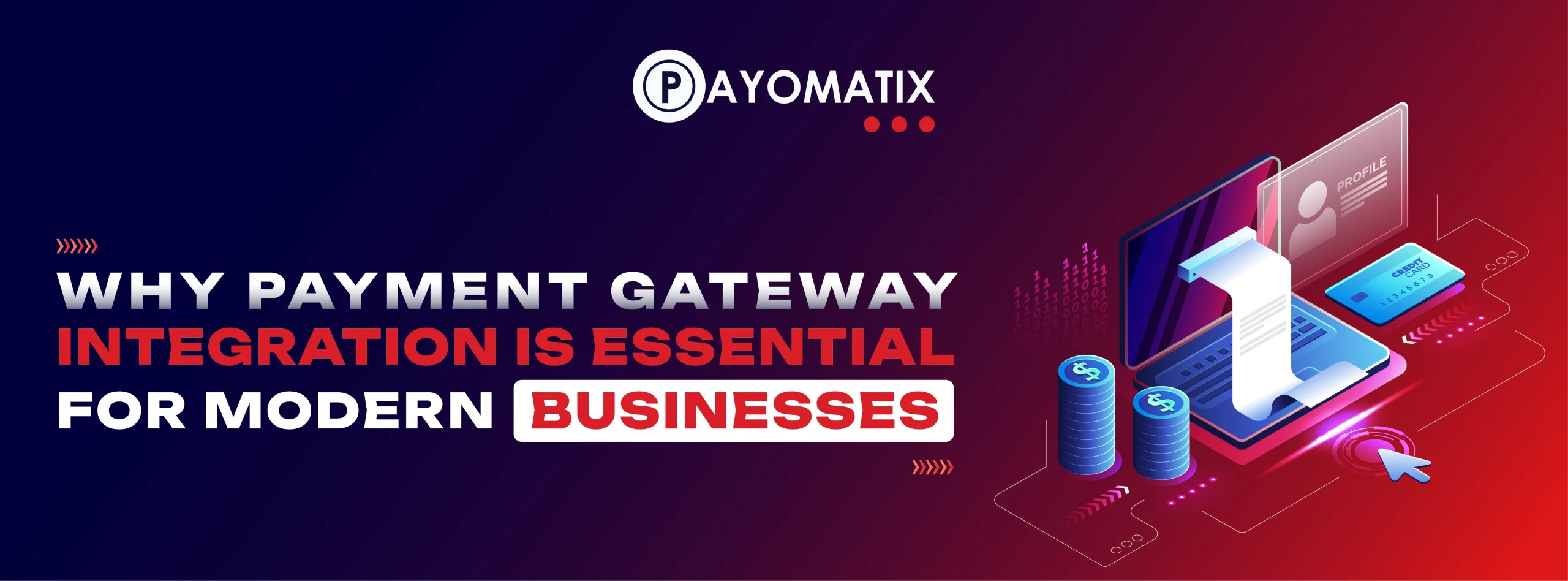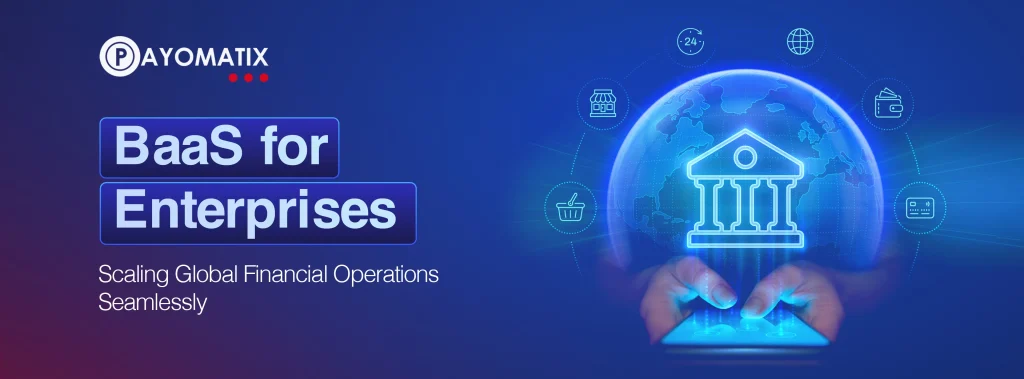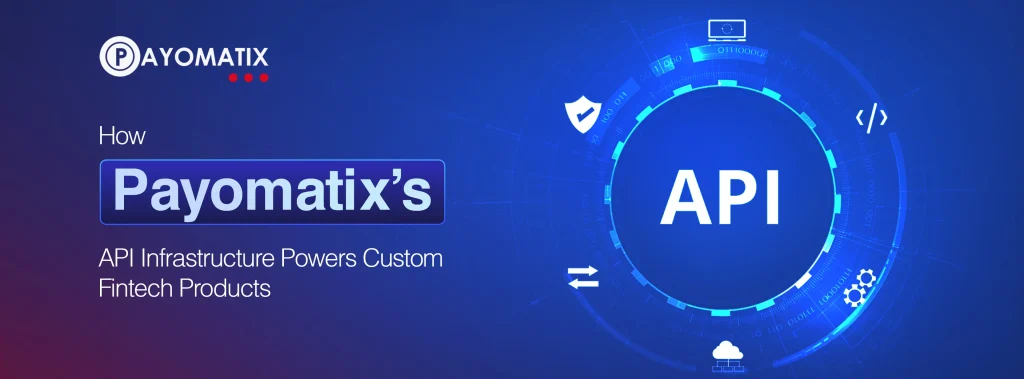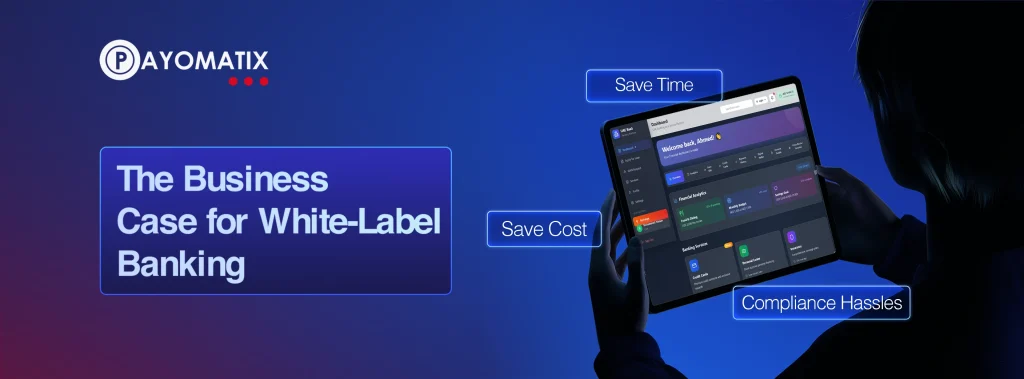Seamless Payments, Successful Businesses
In today’s fast-paced digital economy, the ability to offer smooth and secure payment experiences is no longer a luxury—it’s a necessity. Whether you run a small online store or a large enterprise, effective payment gateway integration can significantly impact your business success. Modern consumers expect instant and hassle-free transactions, and businesses that fail to deliver risk losing customers to competitors.
In this article, we explore why payment gateway integration is essential for modern businesses, how it supports B2B payment platforms, and why effective payment dispute management is critical for maintaining trust and revenue flow.
1. What Is Payment Gateway Integration?
A payment gateway is a technology that securely processes online payments, acting as a bridge between a merchant’s website and the customer’s bank. Payment gateway integration refers to embedding this system into your business platform for seamless financial transactions.
Key Functions:
- Transaction Authorization: Verifies and processes payments.
- Security Encryption: Protects sensitive financial data.
- Multiple Payment Options: Supports credit cards, wallets, and net banking.
2. Why Modern Businesses Need Payment Gateway Integration
1. Enhanced Customer Experience
A seamless checkout experience encourages repeat business. Payment gateway integration allows businesses to offer:
- One-click Payments: For faster checkouts.
- Multi-currency Support: Essential for global businesses.
- Mobile Payment Options: To cater to smartphone users.
2. Secure Transactions
Security is paramount in digital payments. Integrated gateways offer features like:
- End-to-End Encryption: Protects sensitive data.
- Tokenization: Replaces card details with secure tokens.
- PCI DSS Compliance: Meets global security standards.
3. Scalability for Business Growth
A well-integrated payment gateway scales with your business needs, handling:
- Increased Transaction Volumes: Supports peak sales periods.
- Multiple Payment Channels: Works across websites, apps, and POS systems.
3. Role of Payment Gateway Integration in B2B Payment Platforms
While B2C payments often get more attention, B2B payment platforms require robust infrastructure due to larger transaction volumes and complex terms.
Key Benefits for B2B Platforms:
- Automated Invoicing: Reduces manual work.
- Credit Management: Manages deferred payments.
- Multi-level Authorization: Ensures secure approval processes.
Payomatix for B2B Payments:
With Payomatix Payment Gateway Integration, B2B companies can automate payments, improve cash flow, and streamline complex transactions.
4. Importance of Payment Dispute Management
Payment disputes arise when customers or businesses contest a charge. If not managed properly, they can result in revenue loss and damaged relationships.
Common Causes of Disputes:
- Unauthorized Transactions: Fraud or misuse.
- Service Dissatisfaction: Product not as described.
- Technical Issues: Duplicate or failed payments.
How Integration Helps:
- Automated Dispute Tracking: Monitors chargebacks in real-time.
- Efficient Resolution: Speeds up refunds or corrections.
- Fraud Detection: Identifies and flags suspicious activities.
5. Steps to Effective Payment Gateway Integration
1. Define Your Business Needs
Before choosing a payment gateway, determine:
- Transaction Volume: Daily or monthly volume.
- Preferred Payment Methods: Credit cards, UPI, wallets.
- Compliance Requirements: Industry-specific standards.
2. Choose the Right Payment Gateway
Look for gateways that offer:
- Multiple Payment Options: To reach a broader audience.
- Scalability: To handle business growth.
- Robust Security: End-to-end encryption.
3. Seamless API Integration
APIs ensure smooth communication between your website and the payment gateway.
- Sandbox Testing: Runs mock transactions.
- Error Handling: Catches bugs before launch.
4. Optimize the User Interface (UI)
A user-friendly interface can boost conversions.
- Minimal Form Fields: For faster checkouts.
- Mobile Responsiveness: Adapts to all devices.
- Multiple Language Support: For international users.
6. Overcoming Common Challenges
1. Security Risks
Challenge: Cyberattacks can lead to data breaches.
Solution:
- Enable tokenization and encryption.
- Adhere to PCI DSS compliance.
2. Payment Failures
Challenge: Transaction declines due to technical glitches.
Solution:
- Real-time monitoring for quick issue resolution.
- Backup payment methods to minimize cart abandonment.
3. System Downtime
Challenge: Downtime can lead to revenue loss.
Solution:
- Test in sandbox environments before going live.
- Use load balancers to manage high traffic.
7. The Future of Payment Gateway Integration
Trends Shaping the Industry:
- AI & Machine Learning: Predicts fraud and automates dispute resolution.
- Blockchain: Increases transparency and security.
- Voice Payments: Supports voice-activated transactions.
Why Stay Ahead?
Businesses that adopt advanced payment technology will lead the market by offering:
- Faster Checkout Speeds
- Improved Security
- Global Payment Acceptance
8. Why Choose Payomatix for Payment Gateway Integration?
With Payomatix, businesses get more than just a payment processor. We provide a comprehensive suite of services that cover:
- Seamless Integration: Quick and smooth deployment.
- B2B Payment Platform Support: Handles large-scale transactions.
- Payment Dispute Management: Minimizes losses and protects revenue.
Conclusion
In the digital age, efficient payment gateway integration is not just beneficial—it’s essential. It boosts customer satisfaction, enhances security, and provides scalability for growing businesses. By addressing the needs of both B2C and B2B platforms and offering robust payment dispute management, Payomatix ensures that your business remains competitive and profitable.
Ready to integrate a seamless payment gateway?
Contact Payomatix today to optimize your business transactions and secure your financial future.
Frequently Asked Questions
- What is payment gateway integration, and why is it essential for businesses?
Answer: Payment gateway integration securely processes transactions, improving customer satisfaction and operational efficiency. - How do B2B payment platforms benefit from integrated payment gateways?
Answer: B2B platforms gain from automated invoicing, secure multi-level approvals, and better cash flow management. - What is payment dispute management, and why is it important?
Answer: Payment dispute management resolves chargebacks and transaction errors, protecting revenue and customer trust. - What are the key steps for effective payment gateway integration?
Answer: Defining business needs, choosing the right gateway, seamless API integration, and UI optimization ensure smooth transactions. - How does payment gateway integration improve security?
Answer: Features like tokenization, end-to-end encryption, and PCI DSS compliance safeguard sensitive financial information.





